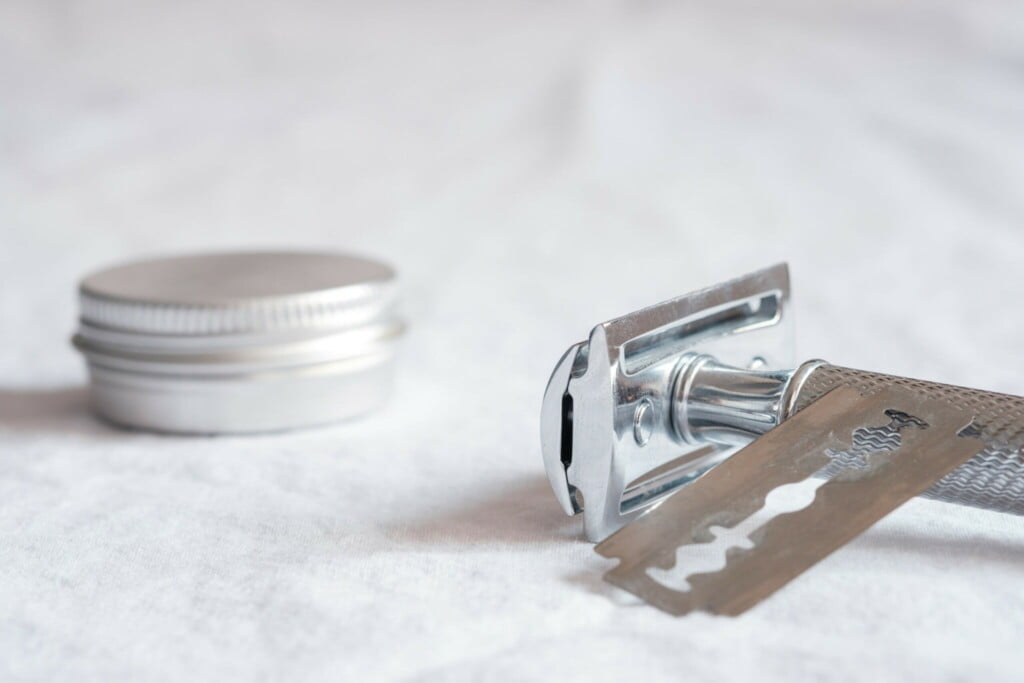Male Grooming, Shaving
Is a Safety Razor Dangerous?
Safety razors are aptly named and it should come as no surprise that they are safe! They do not expose the blade in anywhere near the same fashion as a cut-throat razor and you could say they’re somewhere in between this and a conventional cartridge or disposable razor.
Like with a cartridge razor, the blades on a safety razor are sheathed and preventing them from protruding too far. It’s fairly easy to use a safety razor without any adverse effects and actually, they can greatly reduce irritation and razor burn compared to cartridge razors. Of course, though, with improper technique, the likelihood of irritation and small injury is still there.
Table of Contents
Safety Razors are Safe
Let’s cut to the chase: safety razors are safe. Safety razors have been around for hundreds of years and they are most certainly safe to use for almost every user.
It’d be very hard to separate safety razors from most conventional razors in terms of safety, you could even suggest they are safer as they’re less likely to cause various kinds of irritation. The only way a safety razor can become unsafe is when it’s being used recklessly.
One Blade is Always Sufficient
Modern razor blades are marketed as having many blades ‘for a closer shave’. Safety razors just have the one blade. The truth is, one sharp blade is easily sufficient – we’re cutting tiny hairs here remember?
Multiple blades on a razor cartridge mean greater contact between sharp edges and your skin. This may result in increased irritation and razor burn, which can be a real problem for those with sensitive skin. More blades also mean a greater chance of botched cuts of hairs that can then quickly turn in-grown.
Safety razors use one supremely sharp single blade. This cuts hairs more efficiently and lower contact between razor and skin means less irritation. In a sense, it is kind of scary to think a super-sharp razor blade is that close to your skin. In reality, it’s really no different to a usual razor except that there is only 1 blade instead of 3, 5 or more!
Technique = Safety
To minimise the risk of nicks when shaving with a safety razor, technique is super-important.
If you want to receive professional shaving tips to obtain the very best shave going then sign up to our newsletter below to receive tips from our shaving series.
The general idea is to keep the razor at the optimum angle and to make slow, consistent and gentle sweeps over the skin. 30 degrees is a good angle to start with – steeper will mean your shave is too aggressive and nicks are more likely.
Never Rush
Rushing is probably the leading cause of any shaving injury. This is the case with cartridge razors and safety razors. Always properly prepare for your shave with a pre-shave ritual and make sure you’ve got enough time to finish the job. Turning up to work with stubble is better than turning up late with cuts!
Who Shouldn’t Use a Safety Razor?
People with various skin conditions should exercise extra care when using a safety razor. Diabetics or those taking anticoagulant medicines are amongst those that need to take care. With proper technique and extra care and attention, cuts from safety razors are easy to avoid and they should be very small. They are easy to treat with alum, antiseptic creams and other shaving balms.


8 simple steps to the best shave
8 simple steps to the best shave possible